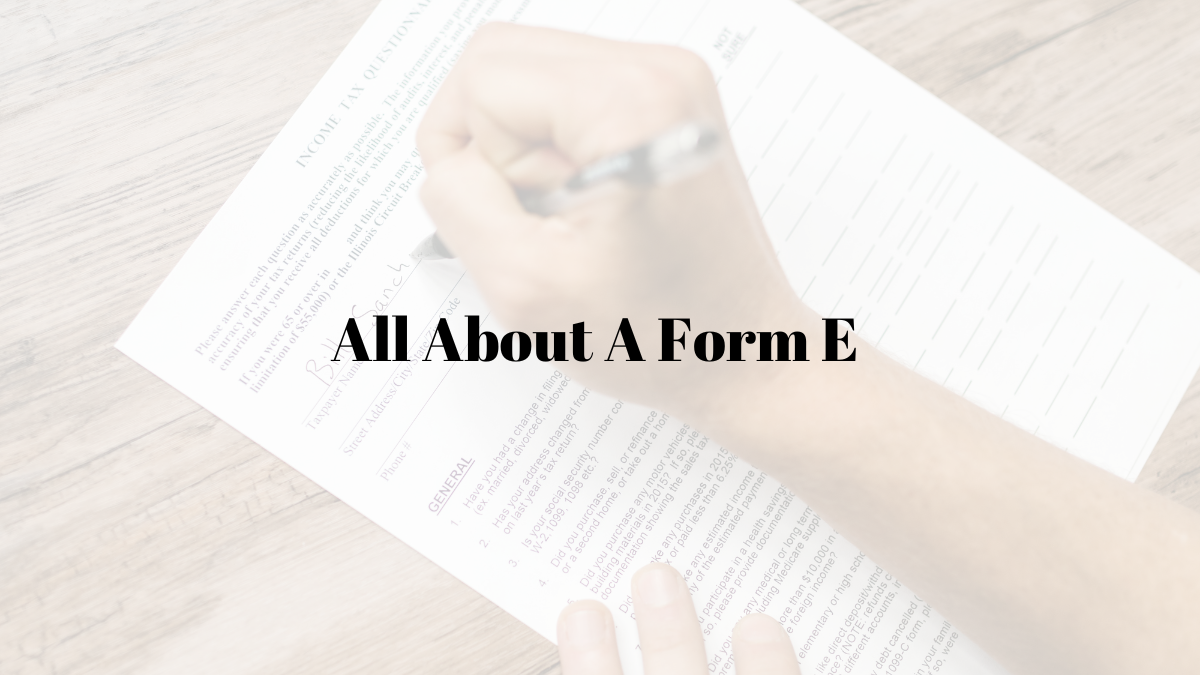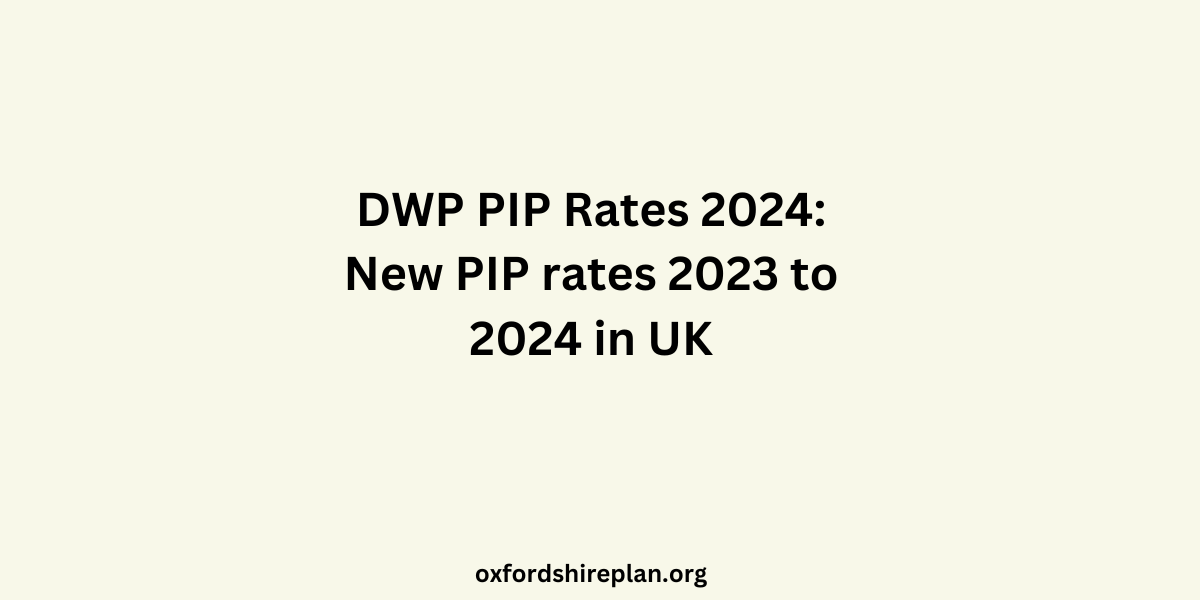Form E is an important document that plays a critical role during the process of divorce or separation. It is a broad definition that describes the details of a person’s financial condition.
This paper is mandatory when you and your spouse go to Court for monetary settlement after divorce proceedings. It is also called a Form E Financial Statement or an E Form.
Contents
Purpose of Form E
Form E has been designed to encourage the parties to disclose fully and frankly all their finances and assets. During the filling out of the Form, both partners should submit the documents to authenticate the information given, for instance, bank statements that should be at least one year old.
Form E is prepared voluntarily between the parties to ensure that all financial information is considered. It is typically employed in the initial phase of the financial settlement negotiations.
When is Form E Required?
In case a case is being heard in court and negotiating or reaching an agreement between your partner or former partner is not possible in relation to financial settlement, Form E will have to be filled out by both partners.
Form E financial statement is a part that can be voluntary, but in some cases where parties negotiate the financial aspect after their divorce, it can be used to check the financial status of the parties.
Completing a Form E
Completing a Form E can be challenging in divorce, especially when one is undergoing divorce. The Financial statement form should be filled out as fully as possible. The effects of non-disclosure of financial information in divorce in the UK are significant in terms of settling.
Finally, this is what the parties will, in fact, count as a means of estimating the size of the Matrimonial Pot before working out how to share this pot.
In case there was an improperly prepared financial form, then that could lead to higher costs to you since the spouse may require further questions in the Form as a schedule of deficiencies that would mean more work for the involved parties. These implications also apply in a case where there is no disclosure of financial information regarding divorce in the UK.
Form E Guidance
The guidance on form E is included in the financial Form, and if the management can secure the early legal advice, further guidance can be provided. Form E guidance explains the details needed to be provided in this Form and how to complete the Form and submit it to the Court and the parties.
In summary, Form E is an essential document in the divorce proceedings and guarantees that financial settlements that are reached after the separation are fair and transparent to all parties. One should also consult a legal professional when filling out this form to ensure that all the required information is included and accuracy is maintained.
Is Form E compulsory?
However, in some cases, Form E is mandatory. It becomes an obligation you or your former partner have to apply to the Court for the Financial Order. The Form allows the Court to see the way your finances look and determine what is needed, which allows for a fair distribution of assets.
However, in most cases where divorce occurs, Form E is not necessarily mandatory since in most cases, couples are able to settle out of Court primarily through negotiating. On the other hand, when a couple is able to come to a mutual agreement, they may petition the Court to have their agreement formalized in the form of a Financial Consent Order.
For the same applications, you have to give the court information regarding your financial position to allow the judge to determine whether the agreement you have reached is reasonable.
What is the next move after the Form E is exchanged?
When Form E is swapped, both parties will have an opportunity to assess their financial positions. This is an important phase in the divorce process that allows both parties to be aware of their financial situations and, if feasible, reach an agreement.
However, in the case of an agreement , the parties will have to make a draft consent order, which will then be placed before the Court for approval. This will make the agreement valid from a legal perspective.
In case of the absence of a settlement between the parties, dispute resolution hearings shall be held. In these hearings, both sides try to settle a conclusion. If such agreements are not reached, the dispute will be put down for a final hearing before the judge, who will deliver the final judgement.
Some Questions
When do we need to fill out the Form E?
Before the first court hearing, each party must fill in a form E. It is required to be registered and presented at least 35 days before the hearing. Yet, some of the data that the CPA must incorporate into his or her report, for instance, the valuations, may take several months or even weeks to gather.
What if I tell a lie on my Form E?
You should not lie on your Form E about cohabiting or lie on any other section; otherwise, you may face serious consequences. The Court makes decisions about assets and income by referring to the details of the Form E. If you misrepresent anything on Form E, you may end up in court.
- 7 of the best equity release interest rates providers in the UK
- How much are estate agent fees? Here’s everything you need to know
- DWP Cold Weather Payment- Full List of Eligible Areas
- How Much is Corporation Tax Rates & What Are The Reliefs?
- What is a Pension Drawdown? Retirement Income Explained
- How Many ISAs Can I Have?
- What is a Sole Trader?

I am a dedicated lifestyle and fashion enthusiast, always looking for the latest trends and timeless styles. With a flair for creativity and a passion for self-expression, I provide fresh insights and tips on elevating everyday living and personal style.
















